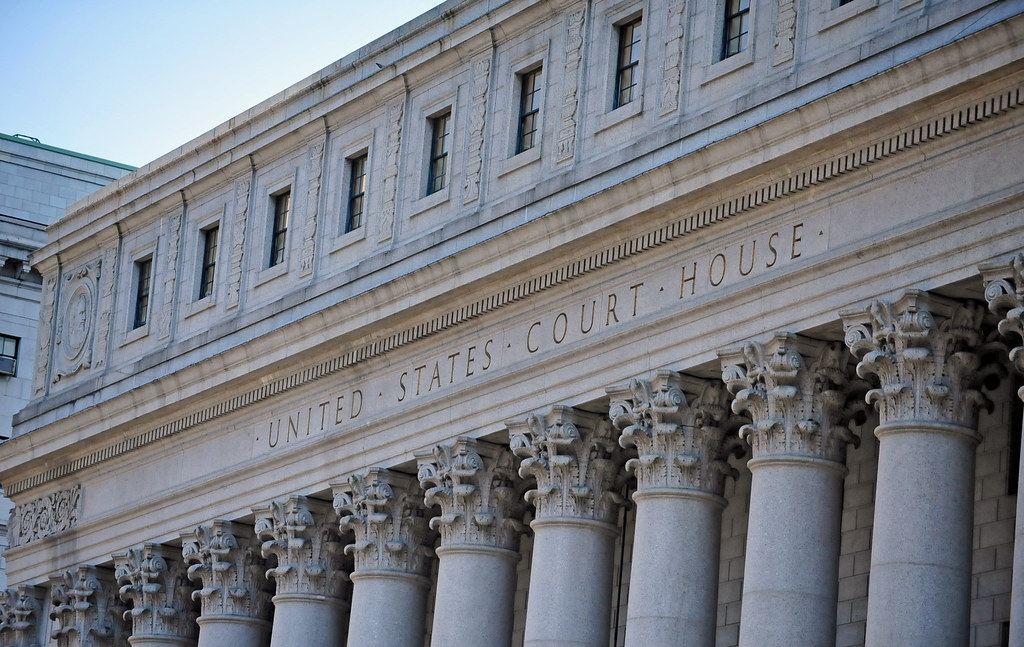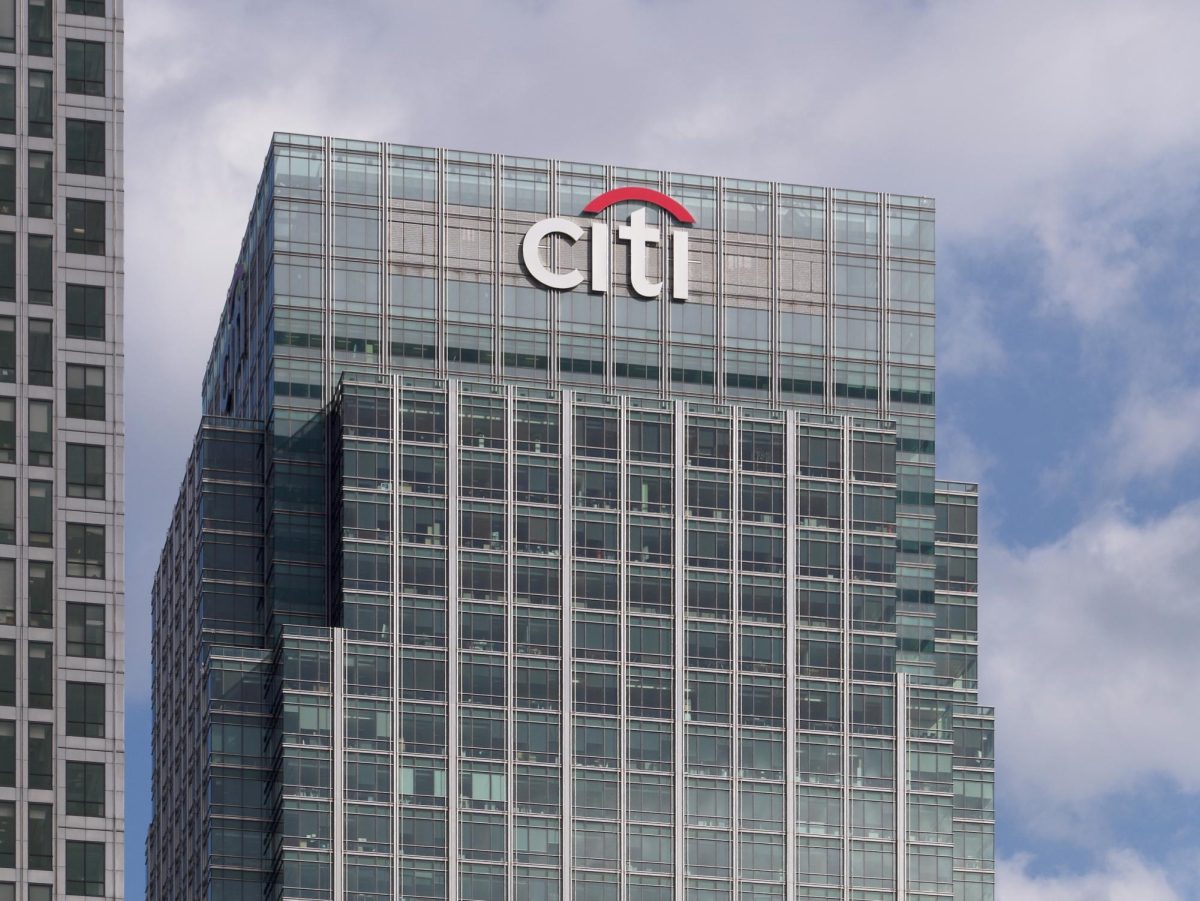The nearly month-long trial of former founder and CEO of FTX Trading, Sam Bankman-Fried, ended on Nov. 2 after a Manhattan jury took just three hours to reach a verdict.
Bankman-Fried was convicted of all seven charges. He pleaded not guilty to all charges and now faces up to 110 years in prison.
“The jury came back in next to no time on seven counts of fraud and conspiracy, a charge that is notoriously difficult to prove beyond a reasonable doubt in typical cases, especially for complex financial wrongdoing,” Yesha Yadav, a law professor at Vanderbilt University, said.
The 31-year-old was found guilty of wire fraud, conspiracy to commit fraud, conspiracy to commit commodities fraud and conspiracy to commit money laundering, among others.
Apart from the technical details of the trial, prosecutors leaned heavily on creating a particular image of Bankman-Fried for the jurors to see in him. It involved the hypocrisy underwriting his public persona — much like the one the defendants described — of a brilliant, unkempt crypto whiz kid that Bankman-Fried attempted to personify throughout his time as CEO.
Caroline Ellison, CEO of FTX’s sister company, Alameda Research, and Bankman-Fried’s ex-girlfriend, confessed to the FBI to get a plea deal. One of the trial’s star witnesses, her testimony corroborated the prosecution’s portrayal of Bankman-Fried.
On Oct. 11, she explained he was “trying to cultivate an image of himself as sort of a very smart, competent, somewhat eccentric founder,” specifically for author Michael Lewis’ book “Going Infinite,” centered on FTX and Bankman-Fried.
Bankman-Fried’s charges centered around allegations that Alameda Research was found to have listed FTX’s customers’ deposits as assets in its balance sheet.
According to Lewis’ book, the money was initially placed into Alameda’s account because FTX didn’t have a U.S. bank account for years, and customer funds were never replaced when FTX opened one. The question was why it wasn’t moved back — and why Alameda failed to have the liquidity to pay back its customers when they pulled billions of dollars out of FTX in November 2022.
The court’s evidence told a similar but specifically different story. On Oct. 12, a recording of Ellison speaking at an all-hands Alameda employee meeting was played for the jury.
“I mean, the basic story here is that starting last year, Alameda was kind of borrowing a bunch of money via open-term loans and used that to make various illiquid investments,” Ellison had said. “Then with crypto being down, the crash, the — like, credit crunch this year, most of Alameda’s loans got called. And in order to, like, meet those loan recalls, we ended up like borrowing a bunch of funds on FTX, which led to FTX having a shortfall in user funds.”
Misappropriations of the sort aren’t new.
“Sam Bankman-Fried perpetrated one of the biggest financial frauds in American history,” Damian Williams, U.S. attorney for the Southern District of New York, said in a brief following the sentencing. “While the cryptocurrency industry might be new and the players like Sam Bankman-Fried might be new, this kind of corruption is as old as time.”
The Ticker reported FTX’s collapse a year ago, on Nov. 18, 2022. The cryptocurrency futures exchange had filed for U.S. bankruptcy protection and saw Bankman-Fried’s resignation on Nov. 11, following a wave of crypto market crashes that summer in which FTX bailed out several other exchanges.
Several celebrities who endorsed FTX were embroiled in a class-action lawsuit when the article was written. At the time, a purported hack had also caused about $400 million to drain from crypto wallets holding FTT. After extensive investigations by regulators and a U.S. Department of Justice probe, it was eventually hedged in with the company’s numerous complex outflows and remains unknown.
The sentencing date for Bankman-Fried is set for March 2024. His defense team is expected to challenge the convictions.
Additionally, he awaits trial on separate charges, among them are accusations of bribing officials in China.









